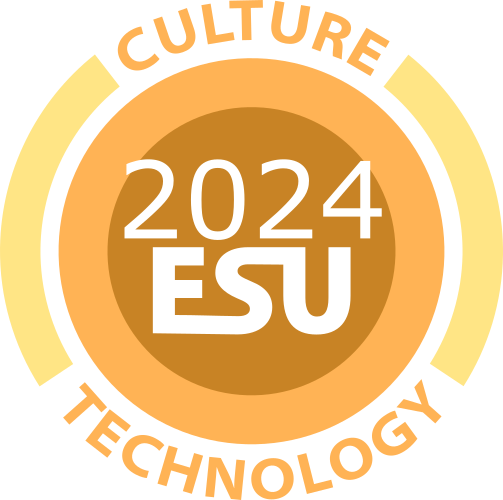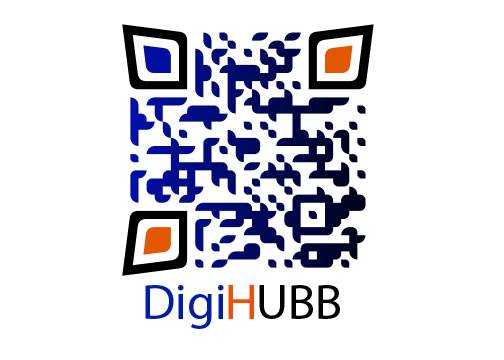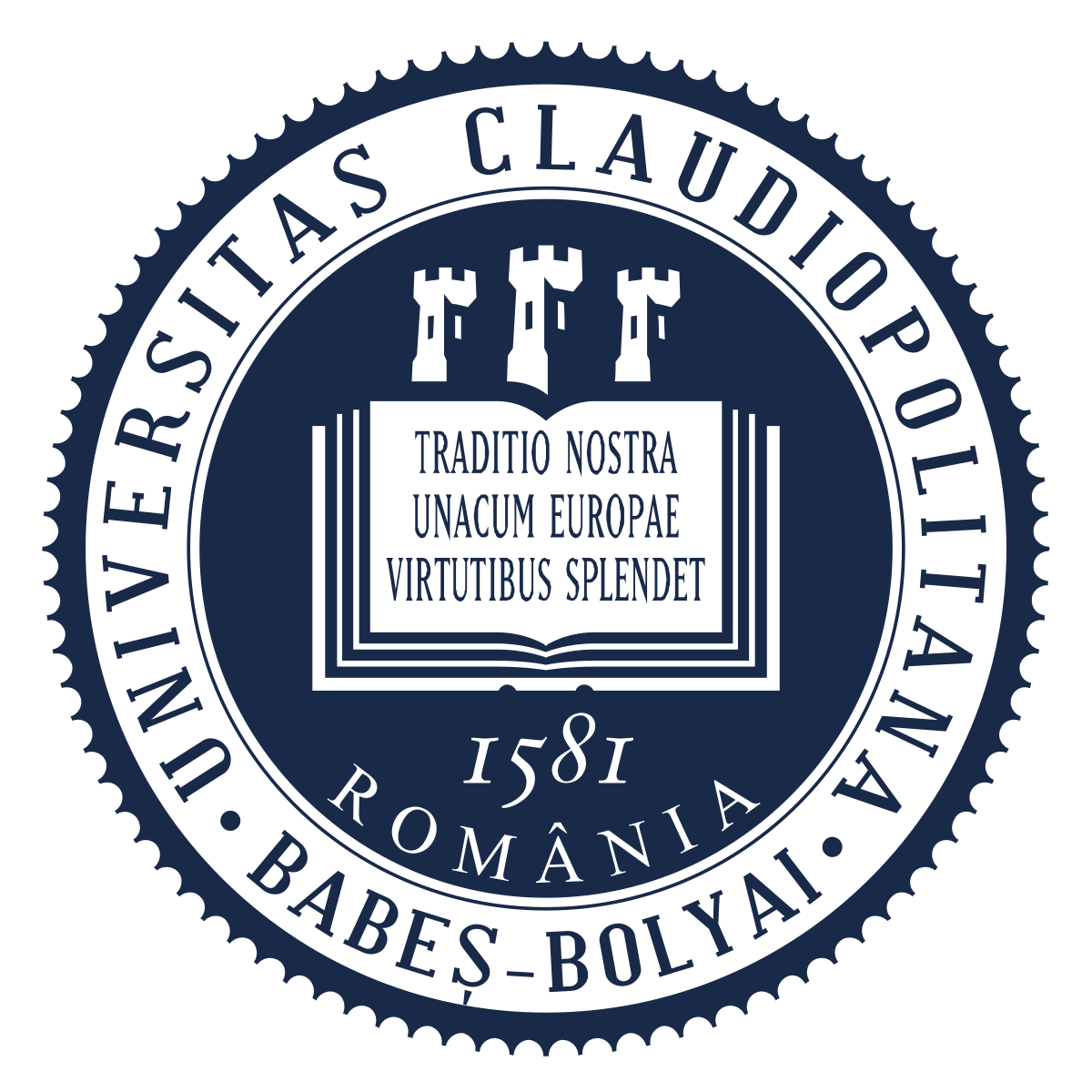MF L-MaSDR – an integrative approach to DH projects
Henrik Holtvedt Andersen
Abstract:
L-MaSDR: Lab for Manuscript Studies and Digital Research
L-MaSDR means the source in Arabic
The Lab for Manuscript Studies and Digital Research (L-MaSDR) at MF Norwegian School of Theology, Religion, and Society (https://mf.no/en/news/mf-l-masdr/get-know-mfs-digital-humanities-lab) is dedicated to providing digital humanities tools and training for the study of ancient manuscripts. Established in January, the lab is led by Dr. Mina Monier and supported by experts in manuscript studies.
Key Projects: 1. EthiCodex (Brent Nongbri) (aims to enhance the study of the codex by researching the provenance of early Greek and Latin codices, producing detailed physical descriptions, and designing an open-access database for codicological data; Lab member Robert Emil Berge is responsible for creating and maintaining this database, facilitating research on digital critical editions of ancient texts); 2. The Arabic Diatessaron: Textual Profiling and Contextual Analysis (Mina Monier) (focuses on the complex production of Gospel harmonies in the Middle East, specifically the Arabic Diatessaron, which harmonizes the four gospels of the New Testament. Monier analyzes Arabic manuscripts against other translations and key Greek manuscripts using XML transcription, multilingual alignment tools, and text-critical analysis to reconstruct Tatian’s original work. This project could lead to new readings and variations for future editions of the New Testament).
External Collaborations: Athanasios Antonopoulos (Assistant Professor at the National and Kapodistrian University of Athens, coordinating manuscript digitization projects. Our goal is to collaborate on the digitization of manuscripts held in Alexandria and Athens); Dan Batovici (British Academy Visiting Fellow at the University of Cambridge and research associate at KU Leuven. His upcoming project will likely involve XML and database work related to manuscripts, utilizing L-MaSDR’s digital capabilities).
Objective: L-MaSDR aims to integrate computational solutions for researchers at MF and collaborate internationally, enhancing digital humanities literacy and supporting manuscript studies. The lab’s projects and partnerships reflect its commitment to advancing the field through innovative digital research and training.
Supplementing stemmatical analysis with stylometric tools: a case study of Stephen Langton’s Quaestiones Theologiae
Jan Maliszewski
Bio: Jan Maliszewski – Graduate student at the Faculty of Philosophy, University of Warsaw. Preparing a dissertation on the development of sacramental doctrine in Paris around 1200 under the supervision of Prof. Magdalena Bieniak. Engaged in two editorial projects: an edition of Stephen Langton’s Quaestiones Theologiae, and a digital scholarly edition of Robert of Courson’s Summa. Recently, collaborator for the Medieval Text Consortium as a LaTeX typesetter.
Abstract: The goal of the paper is to report on a long-lasting editorial project – the edition of a late twelfth-century scholastic collection, Stephen Langton’s Quaestiones Theologiae – focusing on a prospect of applying methods of stylometric authorship attribution to supplement the established Lachmannian techniques of textual criticism. Quaestiones constitute a valuable document of the intellectual life at the early Parisian university. While surely stemming from Langton’s oral teaching, the collection displays many features revealing its heterogeneous and collaborative character. Stemmatical analysis suggests limited authorial control over its current shape, bringing to the fore the issue of the collection’s dependence on the work of anonymous reportatores: students producing live records of oral teaching which served as first drafts for later literary production. Crucially, many of the questiones preserved in the collection are transmitted in multiple versions at various stages of production, ranging from raw reportationes to fully developed discussions, providing a rare occasion for tracking the evolution of a written record of an academic debate. Moreover, as Riccardo Quinto convincingly suggested in his pioneering study of this collection, some of the stylistic peculiarities proper to reportationes might serve as marks of oral classroom-level interactions, potentially uncovering unknown details about the structure of the early scholastic disputatio. These research perspectives are however significantly hampered by the almost complete lack of information regarding the anonymous reportatores and the degree of their influence on preserved testimonies – an obstacle potentially alleviated through incorporation of stylometric analysis. While the exact scope and quality of computational data attainable on this corpus through stylometric analysis remain to be seen, I will discuss potential gains in the narow context of the Quaestiones collection, as well as in the case of larger unedited collections that pose similar editorial challenges.
Evolving Editorial Practices for Medieval Texts in the 21st Century: The Case of Editing Le lai de l’ombre et de l’aniel Using Digital Methods
Hartley R. Miller
Bio: Hartley Roxanne Miller is a professional translator and independent scholar of Medieval French. She has worked on translations of medieval French texts into English and Romanian, and leads international working groups for translating Medieval French. She is currently an instructor in the French program at Georgetown University Qatar. hrm54@georgetown.edu; hartleyrmiller@gmail.com
Abstract: Digital methods have ushered in a revolution in the way editors approach medieval texts in manuscript and present them to the public. The old practice of publishing a book presenting a homogenised text derived from all manuscript witnesses can now be complemented by digital versions that show the fullness and variety of the manuscript tradition. This paper will describe the process of editing an Old French poem, Jean Renart’s Le lai de l’ombre et de l’aniel (1000 lines), from the G manuscript of the text (MS BNF fr. 1553). HTR was used via Transkribus to create an initial draft, which was then revised by human editors. The series of human and machine interactions embedded in this process brought to light the many choices that face the 21st-century editor. I will argue that the exchanges between human and machine challenge previous 20th-century conventions of editorial normalisation and invite a revision of prevailing notions about what an edited medieval text looks like. The abundance of data captured from manuscript G allows the editor to envision multiple texts, whether in different gradations of normalisation or in variant translations, and ultimately reduce the distance between the reading public and the original manuscript text.
Exploring metaphorical mappings in the corpus of medieval charters using FactoMineR
Evgeniya Shelina
Bio: Evgeniya Shelina completed her master’s thesis at the Department of Nordic Studies at the University Paris 4 Sorbonne, and she holds a PhD in Medieval History from the University Paris 1 Panthéon-Sorbonne, in co-direction with CCHS-CSIC, Madrid. She is a postdoctoral research fellow at the Fondazione 1563 per l’Arte e la Cultura in Turin, where she is participating in a research initiative titled “Political Thought and the Body: Europe and East Asia, ca. 1100-1650”. Her current project is titled “Medieval Corpus and its Parts through Corpus-based Semantics”.
Abstract: To investigate the most frequently encountered metaphorical mappings from the source domain of the body to various target domains in the corpora of texts written by medieval authors, I embarked on the reconstruction of a semantic field related to the body—specifically, the semantic relationships among terms for the body and its parts. I carried out an analysis of a subcorpus of the 12th-13th-century charters within a corpus of medieval charters CEMA. This subcorpus constitutes 56% of the initial CEMA (about 150000 charters and about 45 million tokens).
One of the advantages of using digital tools is the ability to experiment. The following analysis has been repeated for the 9, 10, 18, etc., most frequently occurring words denoting the body and its parts in the CEMA corpus. For each of these lemmatized words, a list of the most frequent collocations was compiled. The calculation of collocations was conducted using the NoSketch Engine, as the corpus, in its online version, can be consulted through this tool. Tables were created where columns corresponded to the lemmas, and rows represented the most characteristic collocations shared by at least two lemmas. Subsequently, the frequencies associating lemmas with their collocations in this table were transformed into either 1 or 0 (where 1 indicates a collocation). These transformed tables were then subjected to factor analysis using the AnalyseSHS tool based on the R language (FactoMineR package).
In all the obtained visualizations, it is evident that the metaphorical meanings of the body terms contributed the most to shaping the structure of the semantic field of the body. The factor plans enabled the distinction of several target domains, with body parts serving as a source domain. These target domains include 1) Eucharist, 2) power, 3) knowledge and intention, and 4) spatial mappings.
Mapping Corporeal Migrations: Latin American Electronic Literature between Global North and Global South
Verónica Paula Gómez
Bio: She is Argentinean and currently lives in Germany. She holds a PhD in Humanities (mention in Literature) (UNL 2020), a MA in Comparative Cultures and Literatures (UNC 2015), and a BA in Literature (UBA 2008). She researches on the relationship between poetic/political migrations of digital literature and its interzonal domiciliation.
She was a Ph.D. and postdoctoral fellow at CONICET Argentina. Nowadays she is a Humboldt Foundation Postdoctoral Fellow at the Frei Universität Berlin with her project: “Migrant Cartography of Latin American Electronic Literature: Corporalities, Corporations and Corpus between Global North and Global South’ (2024-2026). She is the Professor in charge o ‘Laboratorio de Literaturas Expandidas y Nuevas Tecnologías’ (Laboratory of Expanded Literatures and New Technologies) of the Masters in Literature (with mention in Creative Writing) at the Universidad Andina Simón Bolivar (Ecuador).
She published her first book in 2022: La Na(rra)ción de los museos. Curatorship and artistic practices in virtual environments (Rosario: UNR Editora). His second book, in press, is entitled: Domicilios de la literatura digital: de la idea de Nación a la de interzona (Mexico: Colección Remediables, CCD).
She is a member of the Latin American Electronic Literature Network (Lit(e)lat) and part of the editorial committee of the second Lit(e)lat Anthology. Erasmus Mundus+ICM fellow at UNIVE (Venice-Italy) (2017/2018), Digital Humanities Summer Institute fellow at UVic (BC-Canada) (2019), DAAD fellow at the University of Frankfurt (Germany) (2019 and 2021), ESU DH (Romania, 2024) and DHOxSS 2024 participant (Oxford, England, 2024). Member of the International Project Research and Innovation Staff Exchange (RISE): “TRANS.ARCH” (European Union-Marie Skłodowska-Curie Actions 2020-2024) and of the international project Exzellenz Cluster Temporal Communities (2024-2025). Her website: https://verogomez.com.ar/
Abstract: As a postdoctoral fellow at the Alexander von Humboldt Foundation, I am leading a project to map the migrations of Latin American electronic literature between the Global North and the Global South. This project is a continuation of my research on the political location of electronic literature. These literary artefacts could be defined as a set of characteristics related to the emergence of new word technologies in the contemporary world, dominated by a laboratory aesthetic. Today, artistic practices strategically coexist and are not exempt from conflict and critique with science and technology. Electronic literature is produced “born digital” and implies not only a migration of support but also completely new creations based on the use of networked computers. In this project in particular, I add a sociological perspective to the relationship between literature and location, following this question: how is the corpus of Latin American electronic literature conceptually constructed in light of the dependence between the resources offered by the global North and the migrations of the doers, typically from the global South? I support a broad notion of migration as a displacement of physical, identity, political and social order, which implies different types of embodiments: literacy corpus, financial corporations, corporate languages, besides the artist bodies themselves.
Transformation of Memory Culture through Digitalization
Hilke Wagner
Bio: Hilke Wagner holds a Bachelor‘s degree in Media Studies from the University of Paderborn and a Bachelor’s and Master’s degree in History and Eastern European History from the Justus Liebig University of Giessen, Germany. After working as an assistant at the Herder Institute for Historical Research on East Central Europe for the online portal “Copernico”, Hilke is now writing a dissertation on the history of expellee media as part of the joint focus area “Historical Remembrance and Cultural Heritage: Expellees and Late Patriates in Hesse since 1945” of the Justus Liebig University and the Herder Institute.
Abstract: More than seven million German-speaking refugees and expellees from the former German territories and other East Central European countries (below: expellees) settled in West Germany after the end of World War II. The project “Transformation of Memory Culture through Digitalization” approaches expellee memory culture through the lens of media history and digital humanities. Expellees have, since their arrival, published newsletters, magazines and calendars aimed at the communities from their respective places of origin, providing historians today with an insight on their perspectives, struggles, hopes and opinions. In the early 2000s, a growing number of enthusiasts with expellee background, often children and grandchildren of expellees, began exploring website creation for the sake of transferring cultural memory to a new promising and widely accessible medium. These websites are now disappearing again as online communities rely more on social media. With not only traditional methods drawing on historical source criticism and media analysis, but also text-based digital methods, this project aims to find both changes and continuities the medial memory culture of the expellees and assess how processes of the consolidation of narratives, their simplification or omission, but also the use of certain terms, phrases and images relate to changes of generation and medium.
What is your relationship to cardboard? An attempt to collect cardboard cultures
Levyn Bürki
Abstract: In the museum field, people like to collect and preserve stuff. That’s exactly what I did two years ago when I started to collect the cardboard collection in my neighbourhood. Playing with words, the cardboard collection is a fascinating and rare anomaly in the world of collections, given the fact it’s collected only to be dumped straight away. But what if we take things further and think of the piles of boxes and stuffing material in the streets as kind of a participatory exhibition that manifests just for a few hours every other week? What are the questions it raises? What stories does it tell? And how is cardboard actually collected outside my neighbourhood?
As I started collecting cardboard that caught my eye, I discovered just how diverse cardboard can be in terms of its materiality, design, processing, stickers and so on. But I also realised, that it’s not (just) the cardboard itself I wanted to collect: it’s actually the traces it carries. And the many cardboard-related stories people started telling me when I talked to them about my nerdy project. Today I like to think of the cardboard collection as an entry point into social practices with their own rules, vocabularies, metaphors, knowledge systems, dependencies, communities – and thus data – attached to them. On a very large scale this data can be linked to many environmental and social urgencies of our globalised world. On a very small scale the cardboard collection reveals some very poetic facets.
For the ESU-DH I thought it would be interesting to think together about what kind of DH-questions could be asked and answered around the topic of cardboard and which datasets could be relevant. To this end, I’ll be setting up an interactive web form on kartonsammlung.ch, where everyone can share their knowledge, ideas and associations. I’m very curious and grateful to everybody contributing.


